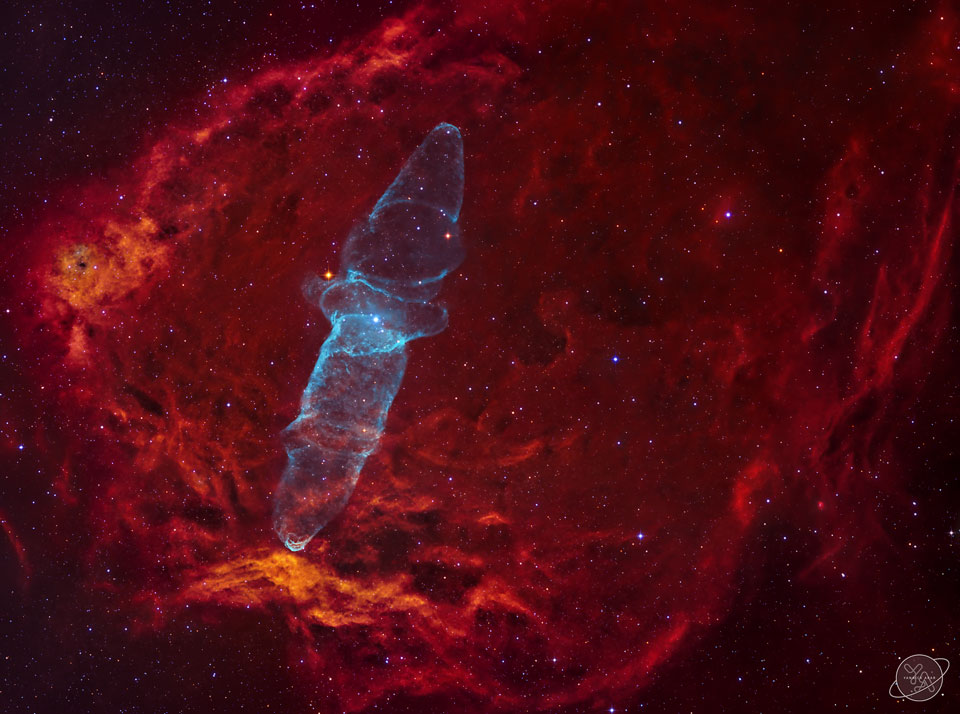VictorBorun wrote: ↑Mon Jul 26, 2021 5:04 am
where is the source of the harsh stellar wind that made this ruptured cometary globe?
Has it gone supernova already?
If you ask me, a cometary globule is a site of low-mass star formation. The stars that are born there are not going to go supernova, unless a pair of them evolve so that one or both of them turn into a white dwarf (and that is going to take a long time), and the most massive white dwarf receives so much extra mass from its companion that it exceeds its Chandrasekhar limit and goes supernova type Ia.
But as I said, that is going to take a long time.
So why has the head of cometary globule CG4 ruptured? The simplest explanation that I can think of is that there has been a (stellar) outburst of some sort in or very near the head of the cometary globule. An interesting possibility is that a star has formed at the top of the globule, creating so much sound and fury that it ripped the head of the globule open. The problem with that scenario is that we see no sign of the kind of star in or near CG4 that could have created such a massive outburst.
(Besides, the typical jets emitted by baby stars in the process of forming appear to be emitted perpendicular to the elongated dust structures that they are born from. The jets don't seem to be emitted "along" the length of the dust pillar, in such a way that the head of the pillar might be split open by a jet.)
Wide field image of CG4. No star in the vicinity appears able
to rip the head of the globule open. Credit: ESO and Digitized Sky Survey 2
Another possibility is that the force that made the rupture came from outside. But the problem with that scenario is that can see no star in the vicinity that appears "angry" enough to have produced such a massive outburst. Note, too, that none of the seemingly nearby stars is positioned right "above" the ruptured head of CG4.
Anyway, cometary globule CG4 gives a new meaning to the expression "My head is splitting"!
Ann
P.S. By the way, the galaxy that CG4 appears to be trying to engulf is ESO 257-19 (PGC 21338), which according to
Anne's Astronomy is more than a hundred million light-years away.
P.P.S. I found a lovely wide field image of CG4 and the entire dust complex that it belongs to. Go to
this page to see it.
 CG4: A Ruptured Cometary Globule
CG4: A Ruptured Cometary Globule


